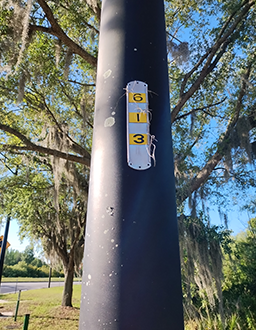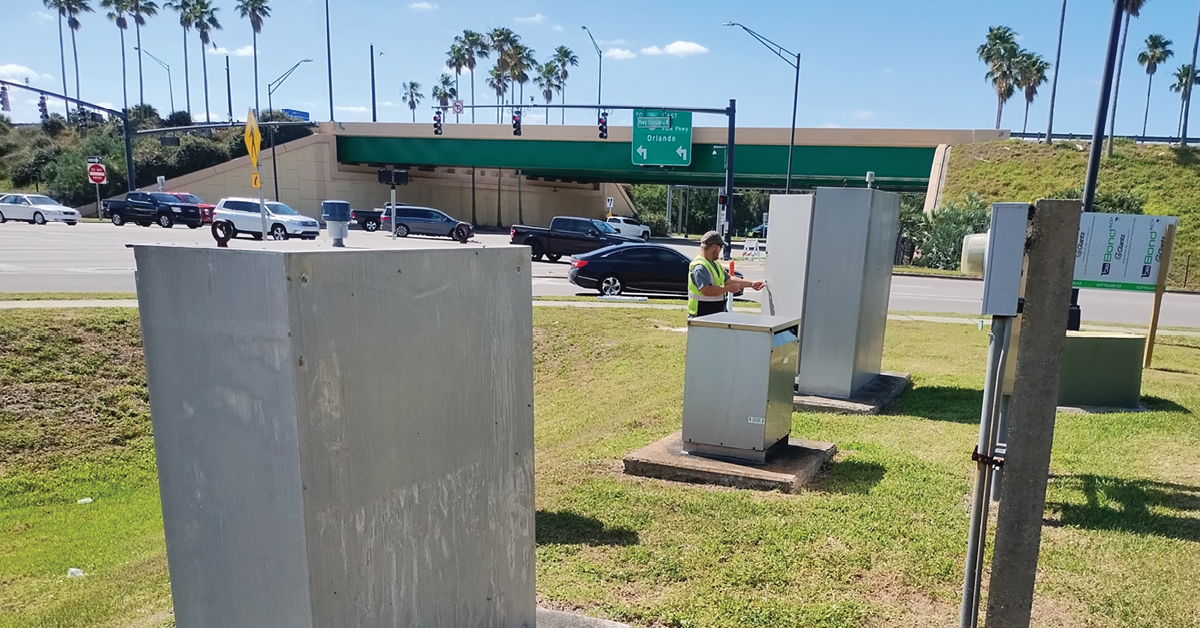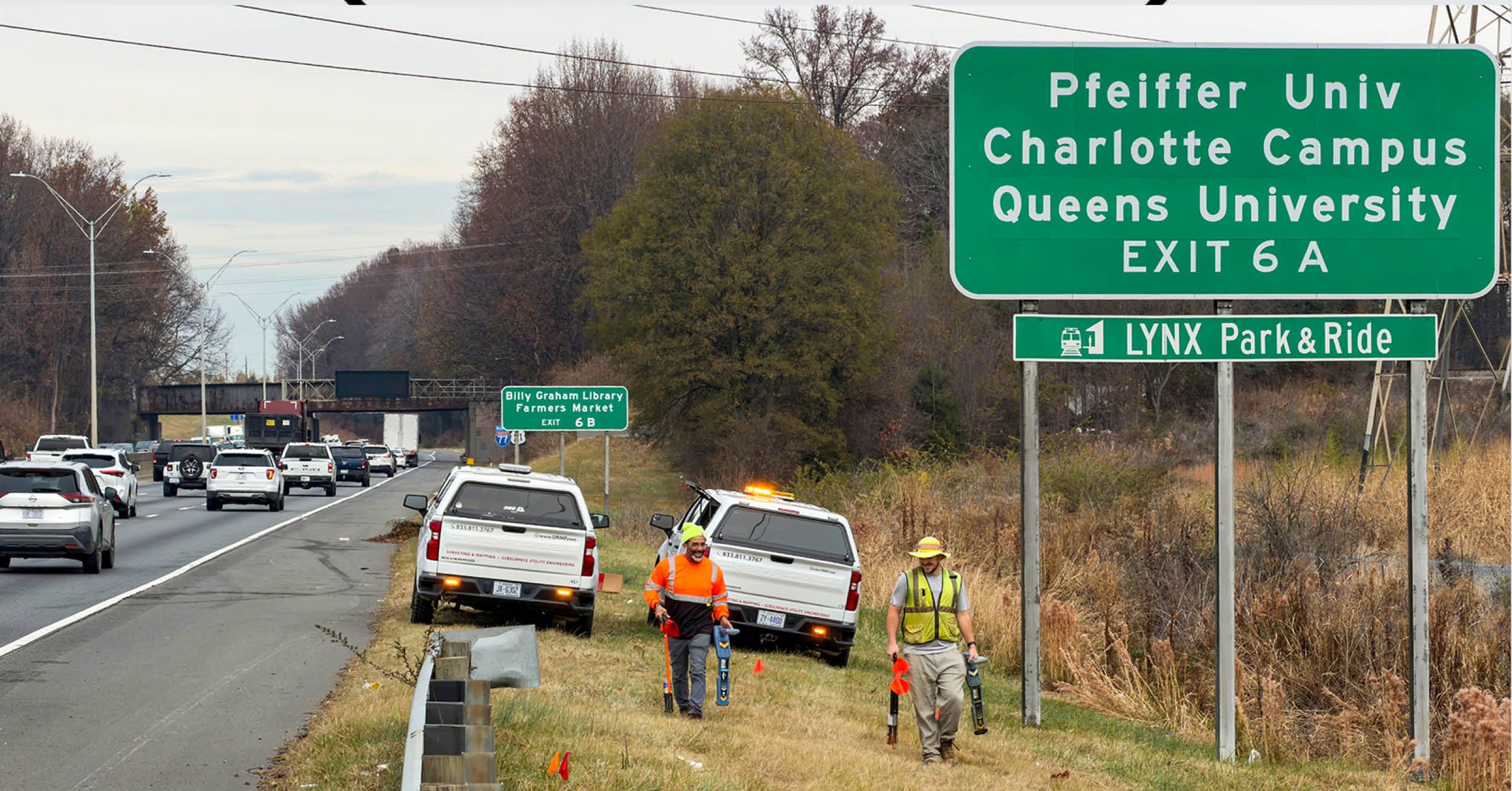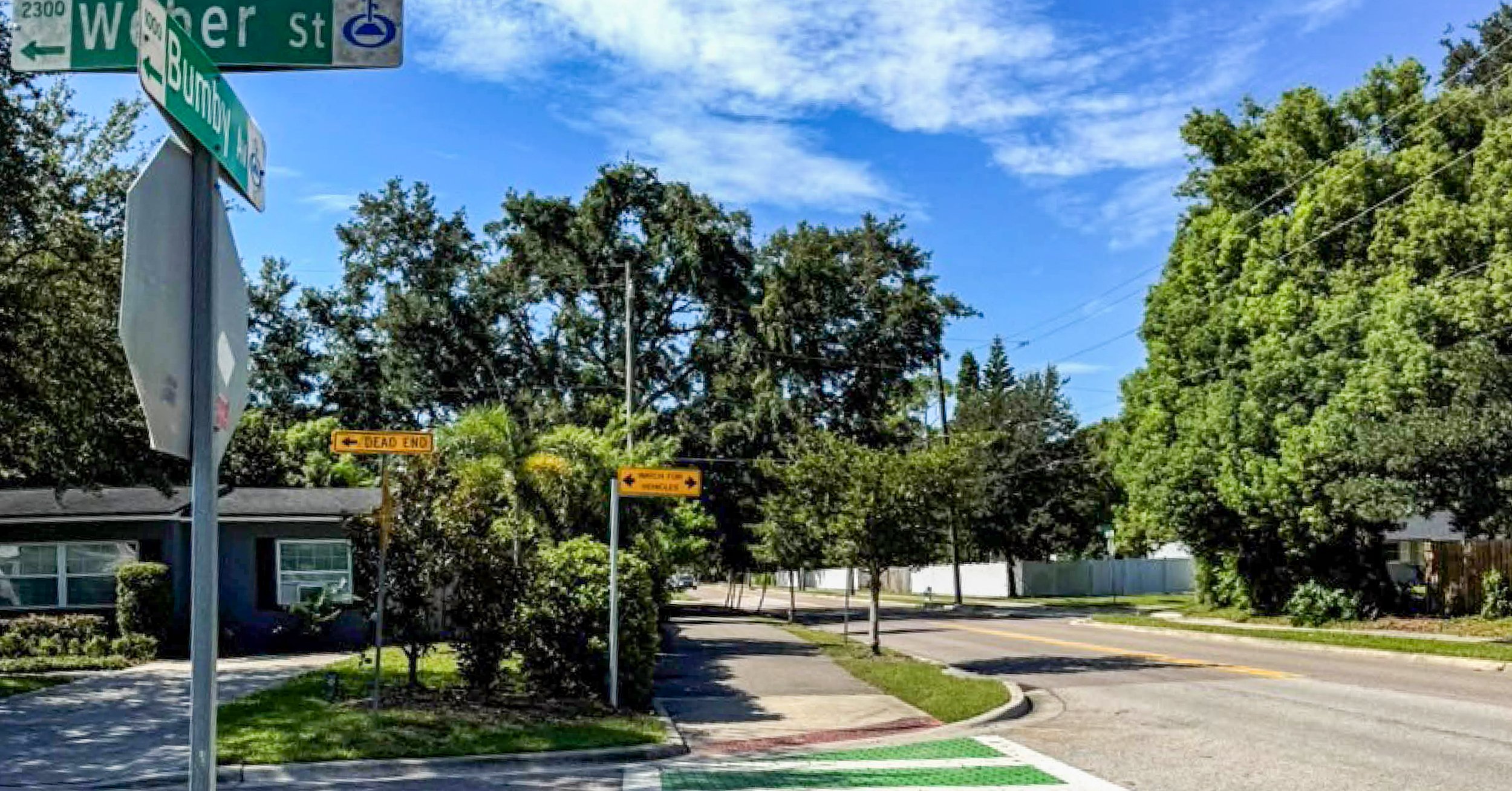Florida’s Turnpike Mainline stretches across 312 miles, traversing 11 counties within the state's peninsula, while the Turnpike Extension spans 47 miles.
The High-Pressure Sodium (HPS) lighting that illuminates the Turnpike, a familiar sight on many roadways, is antiquated and no longer being manufactured, making it difficult to repair and replace when necessary.
That is why Florida’s Turnpike Enterprise (FTE) has chosen DRMP as the prime consultant for the Districtwide HPS to Light-Emitting Diode (LED) Conversion Contract, which will convert 65.2 miles of roadway to modern LED lighting for Phase 1. This project marks the largest systemwide conversion in Florida and stands as one of DRMP’s most significant design accomplishments in our Traffic Department history. DRMP has offered Traffic Services since the 1980s.

LED lighting not only boasts extended longevity but also offers superior light quality while consuming less power. This translates to increased public safety as well as reduced maintenance and power costs. LED lighting on projects has become the modern standard nowadays, and the transition to LED lighting is underway across most of Florida's roadways.
As DRMP’s Traffic Division Leader and Vice President, I have found this project to be very rewarding. I get to work with a great client, challenge my excellent lighting staff, and help make the Enterprise facilities safer and more efficient.
Since 2002, I have specialized in designing lighting systems ranging from expansive expressway setups to intricate arterial networks. Much like Intelligent Transportation Systems (ITS), lighting design is becoming more technology driven and remains a niche, promising field.
A Challenging Conversion
The sheer size of this project, coupled with a challenging 13-month deadline for its design, required the depth of DRMP’s specialists in the firm’s Traffic, Structures, Environmental, Survey, and Utilities departments along with preferred subconsultants. It takes a committed large staff and a talented team to see this project through.
Phase 1 encompasses three projects. The first project is situated along State Road 821, part of the Homestead Extension of Florida's Turnpike (HEFT), extending from milepost 6 to 26. The second project focuses on State Road 570 (Polk Parkway) in Lakeland, spanning from milepost 0 to milepost 24. Lastly, our third project covers Broward and Palm Beach counties, encompassing approximately 21 miles along State Road 91, also known as Florida’s Turnpike.
To efficiently tackle the project, we implemented a geographic strategy with staff deployed from our northern, central, and southern DRMP Florida offices. Additionally, we reviewed as-builts drawings or design plans for more than 40 adjacent projects along the Enterprise system to ensure there were no conflicts and coordinated with Enterprise project managers regarding the lighting scope.
Our Structures Department evaluated the structural integrity of nearly 4,000 lighting poles within the designated project area, ensuring their safety and reliability.

DRMP has an exceptional team solely dedicated to lighting and electrical tasks. Gathering the necessary data to design an electrical system posed a significant challenge, but we overcame it with the use of Mobile LiDAR technology.
Conventional survey methods would have been costly and time consuming for comprehensive pole location surveys alone. By leveraging our Mobile LiDAR capabilities, we efficiently captured precise pole characteristics, including height, arm length, and setback, with an accuracy margin of within half a foot. This detailed information allows us to effectively model the new lighting system.
Our decision to use Mobile LiDAR was paramount for the success of data collection and to meet the project’s tight deadline. This method provided real-time, comprehensive asset data, crucial for meeting our tight project schedule.
Stakeholder Collaboration
The primary collaboration for this project involves various stakeholders, including environmental agencies focused on wetlands preservation, utility companies, and governmental bodies such as, FDOT districts, municipalities, and counties within the targeted regions. The project encompasses areas with an abundance of canals throughout South Florida as well as potential habitats for threatened species like sand skinks and gopher tortoises along the Polk Parkway.
As we approach substantial completion, our team remains focused on meeting our deadlines, with design progress slated for completion by November, following a 90 percent design completion milestone in June.
I am humbled to work with an outstanding team of professionals at DRMP dedicated to ensuring the success of our clients’ projects and safety for the traveling public. I look forward to seeing more modernized and sustainable lighting along the Enterprise systems that will be used for many years to come.


















